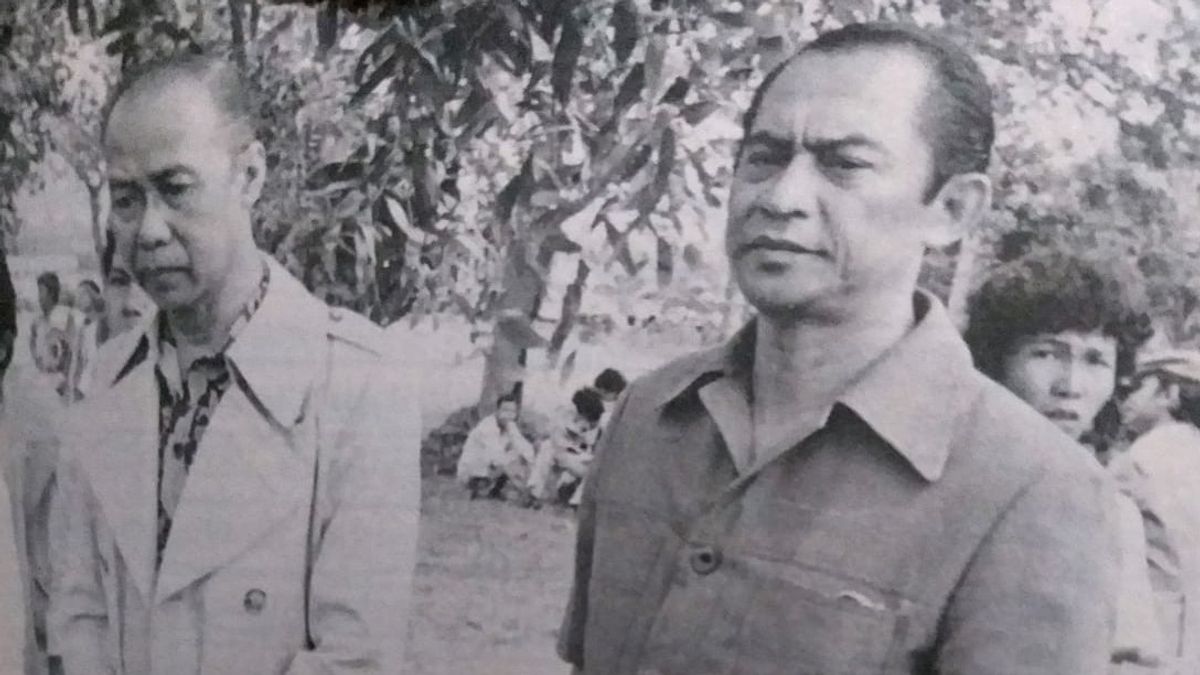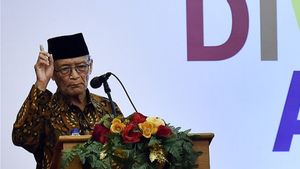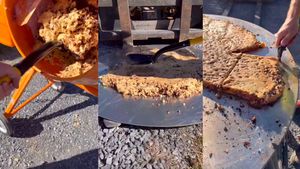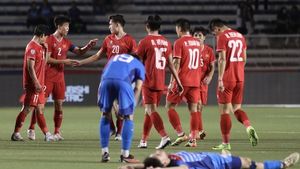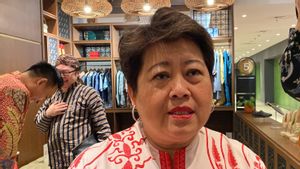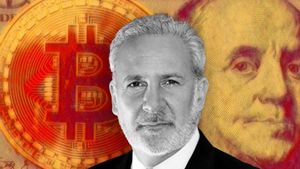JAKARTA - General Hoegeng Imam Santoso likes to carry out disguises. Starting from disguising himself as a waiter to being a hippie, he has explored. He did the intelligence tasks to find out grassroots problems. He even continued to carry out this action until he was the National Police Chief.
Hoegeng admitted serving in the intelligence field felt more prestige. This is also supported by his educational background which is closely related to the tasks of the shadow world.
Hoegeng's joy in being a graduate of the first batch of the Police Science College (PTIK) is second to none. As a PTIK student, Hoegeng learned many things, especially learning related to intelligence tasks. Those times were not only the trigger for Hoegeng to become a professional police officer, but 'The Honest Policeman' also contributed to PTIK. Hoegeng contributed to the making of the National Police emblem, the Mobrig symbol (now: Brimob), and the PTIK symbol.
The room was given by the visionary First Chief of Police, General Soekanto Hospital. Even on his recommendation, several PTIK students, including Hoegeng, were given the opportunity to be part of the Indonesian police who were invited to study tours to the United States (US). Hoegeng himself learned a lot about the tasks of Intelligence in the US.
In Hoegeng's eyes, his experience in the US was a valuable provision when he served as Head of the State Security Supervision Service (DPKN) in East Java. A position that brought Hoegeng to carry out intelligence tasks.
“In 1950, Hoegeng attended the Orientation Course at the Provost Marshal General School at the Port Gordon Military Police School, George, USA. After that, he successfully completed his police education at PTIK Jakarta. His first task after completing his education was as the Head of DPKN in the East Java Police," said Yudi Latief in the book Springs of Exemplary: Pancasila in Action (2014).

Hoegeng seemed comfortable carrying out intelligence tasks in East Java. However, at the end of 1955, Hoegeng was appointed as Head of Criminal Investigation Unit for the North Sumatra Provincial Police. Hoegeng was appointed directly by the first National Police Chief, General RS Soekanto. The assignment was given on the recommendation of Attorney General Soeprapto, who is a close relative of Hoegeng.
Soeprapto in that case knew Hoegeng's actions as a police officer with integrity. So, Hoegeng was given the task of eradicating corruption, smokel (smuggling), and gambling in Medan. The task did not make Hoegeng's guts shrink even though he had the desire to refuse the assignment for a number of reasons.
Most importantly, the transfer made Hoegeng's dream of attending the United States (US) police force to be canceled. Moreover, Hoegeng was assigned to Medan which at that time was not always good for someone's career in the police world. After all, his educational background and position in the police is intelligence, not crime.
"Even though it's not spoken, then for a police officer there are similarities with journalists. Handling criminal matters is normal, easy. But DPKN matters are more prestigious because they use their brains," explained Hoegeng explaining his interest in intelligence as written by Abrar Yusra and Ramadhan KH in Hoegeng's book. : Police of Dreams and Reality (1993).
Hoegeng's "shadow" track recordHoegeng's gait in intelligence tasks had actually been occupied long before he became a PTIK student. Hoegeng's disguise was first recorded since the time of the revolution or precisely when the Dutch military aggression II was launched.
Hoegeng was selected as one of the officers assigned as an intelligence agent in Yogyakarta. At that time, Hoegeng was under the command of Soekarno Djojonegoro, who in the future became the second National Police Chief.

Hoegeng was prepared to gather various kinds of information needed for the Indonesian struggle—from potential attacks to weapons. At the same time, Hoegeng was burdened with other tasks, such as trying to attract sympathy or carrying out propaganda so that most of the soldiers of the Netherland Indies Civil Administration (NICA) sided with Indonesia.
“When the Second Military aggression occurred in December 1948, the police chief assigned Hoegeng to be an intelligence agent. His job is to seek information and attract the sympathy of NICA soldiers and employees to support the Indonesian government. In carrying out his duties, Hoegeng disguised himself as a waiter at Pinocchio Restaurant, Jalan Jetis 39, Yogyakarta. Aditya Sutanto (Hoegeng's son) said that the restaurant belongs to his mother's family. (While) his mother, Meriyati, was selling satay at the restaurant visited by the Dutch army,” said Hussein Abri Dongoran in his writing in Tempo Magazine entitled Panjang Kuping Pinocchio (2021).
After that, disguises almost became Hoegeng's habit. Because even until Hoegeng becomes the National Police Chief, the undercover duty will continue. In order to monitor the situation, he said.
One of them was when the use of drugs began to be loved by young people to Indonesian public figures in the 1970s. The spread of this drug culture cannot be separated from the influx of western cultural influences that stimulate the spirit of freedom and resistance among the younger generation.
The figure nicknamed The Singin General was curious. In his notes, at that time the types of drugs that were widely consumed were heroin, LSD, morphine, and marijuana plants. To that end, Hoegeng immediately acted undercover to find out the reason for the spread of the spirit of sex drugs, music, and rock n roll among young people, especially those who were consuming marijuana.
No kidding. Hoegeng, who is a National Police Chief, is willing to be dressed like the hippies of the 1970s by his men. Hoegeng's appearance became difficult to recognize thanks to the addition of accessories. Hoegeng was asked to wear a wig, a floral shirt, and a scarf around his neck. He recalls looking like a madman. Nevertheless, Hoegeng's operation was a success. Even from that operation, Hoegeng was able to capture a minister's son who was caught taking drugs.
"My men told me to disguise myself and dress up like a 1970s youth. So I wore a long wig, a floral shirt, a scarf around my neck, just like crazy. I walked everywhere for days and no one saw me. no one recognizes me as Hoegeng.”
“I visited several youth groups in Jakarta. The funny thing is, during the undercover I did not dare to try marijuana. I always smoked and asked all kinds of questions to these young people," recalled Hoegeng as written by Aris Santoso et al in the book Hoegeng: A Cooling Oasis in the Middle of Corrupt Behavior of National Leaders (2009).
*Read other information about HISTORY or read other interesting articles from Detha Arya Tifada.
Other MEMORIES
The English, Chinese, Japanese, Arabic, and French versions are automatically generated by the AI. So there may still be inaccuracies in translating, please always see Indonesian as our main language. (system supported by DigitalSiber.id)
